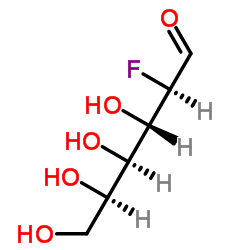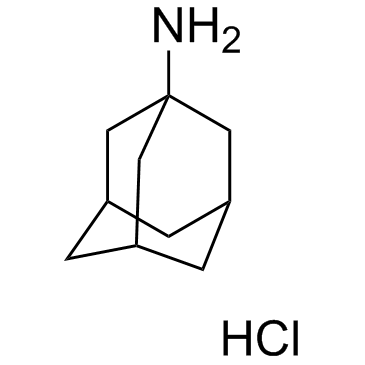| Structure | Name/CAS No. | Articles |
|---|---|---|
 |
2-Deoxy-2-fluoro-D-glucose
CAS:29702-43-0 |
|
 |
Adamantan-1-amine
CAS:768-94-5 |
|
 |
1-Adamantanamine hydrochloride
CAS:665-66-7 |